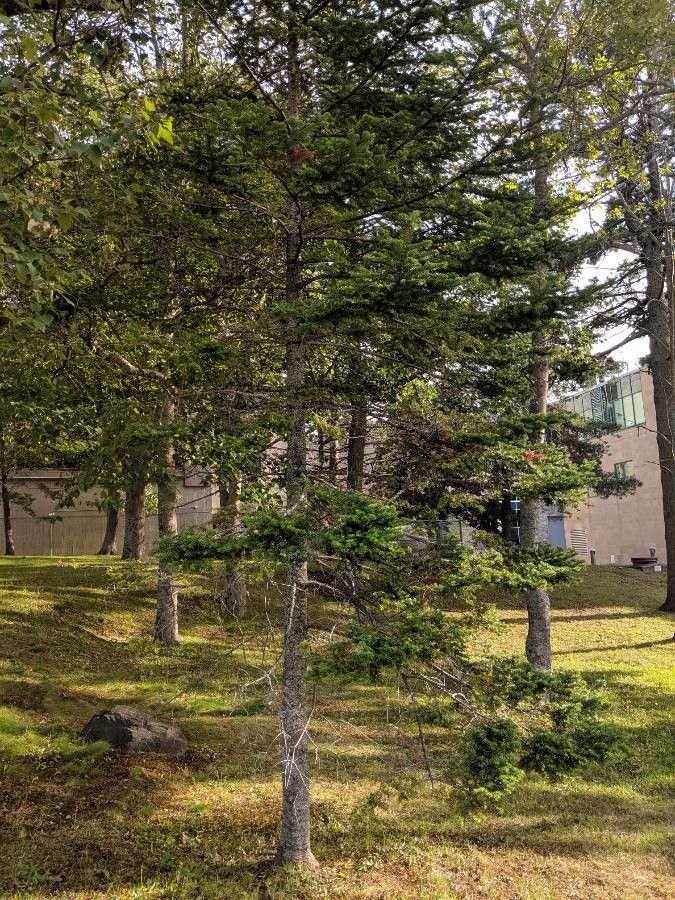## Greater Bladderwort: A Carnivorous Aquatic Marvel
The Greater Bladderwort ( *Utricularia vulgaris*) is a captivating carnivorous plant belonging to the Lentibulariaceae family. Unlike its terrestrial carnivorous cousins, this species thrives in aquatic environments, showcasing a unique trapping mechanism to supplement its nutrient intake. This comprehensive guide delves into the fascinating world of the Greater Bladderwort, exploring its habitat, growth habits, and cultivation.
### Habitat and Growth
Greater Bladderwort is a widespread species, found in various aquatic habitats across the globe. It prefers nutrient-poor, still or slow-moving waters, such as ponds, lakes, ditches, and marshes. Its submerged stems can reach impressive lengths, often sprawling across the water's surface. The plant's small, yellow flowers are held aloft on slender stalks, creating a charming contrast against the submerged greenery.
### Carnivorous Nature
The Greater Bladderwort's carnivorous nature is what makes it truly unique. Tiny, bladder-like traps, known as utricles, dot its submerged stems and leaves. These bladder traps are incredibly sophisticated. They create a vacuum inside, and when a tiny water creature (like a small crustacean or insect larva) brushes against trigger hairs, the bladder instantaneously opens, sucking the prey inside. Enzymes then break down the prey, releasing essential nutrients into the plant.
### Cultivating Greater Bladderwort
While it may seem challenging, cultivating Greater Bladderwort is surprisingly rewarding for the dedicated gardener. Here are some key considerations:
* **Water Source:** Use rainwater or distilled water to avoid the damaging effects of chlorine and minerals. Tap water is generally not recommended.
* **Sunlight:** Provide ample indirect sunlight. Avoid direct, intense sunlight, which can scorch the delicate leaves.
* **Substrate:** Plant in a pot filled with a mix of peat moss and sand, ensuring the plant is partially submerged. Alternatively, you can grow it directly in a pond or aquarium.
* **Feeding:** While the plant will trap its own food, supplementing it with small amounts of live daphnia or mosquito larvae can promote robust growth, particularly in the beginning.
* **Temperature:** Maintain a moderate water temperature, avoiding extreme heat or cold.
### Potential Challenges
While relatively low-maintenance, Greater Bladderwort can be susceptible to algae blooms, especially in nutrient-rich waters. Regularly monitoring water quality and potentially employing biological filtration can help mitigate this. Furthermore, snail infestations may be a problem in some locations. Introducing snails into a controlled setting isn't advised.
### Conclusion
The Greater Bladderwort is a truly remarkable plant, showcasing the wonders of adaptation and the beauty of the natural world. With proper care and attention, this captivating carnivore can thrive in your home or garden, providing a mesmerizing glimpse into the fascinating world of aquatic carnivorous plants.
Greater Bladderwort: Complete Guide & Care

Frequently Asked Questions
How to grow Greater Bladderwort?
Grow Greater Bladderwort in a pot with a peat moss and sand mix, partially submerged in rainwater or distilled water. Provide ample indirect sunlight and avoid direct sun. Consider supplementing with small amounts of live aquatic insects.
Is Greater Bladderwort easy to care for?
Generally, yes. Greater Bladderwort is relatively low-maintenance, but requires a specific environment with appropriate water quality, light, and temperature. Monitoring water quality and avoiding nutrient-rich water are crucial.


